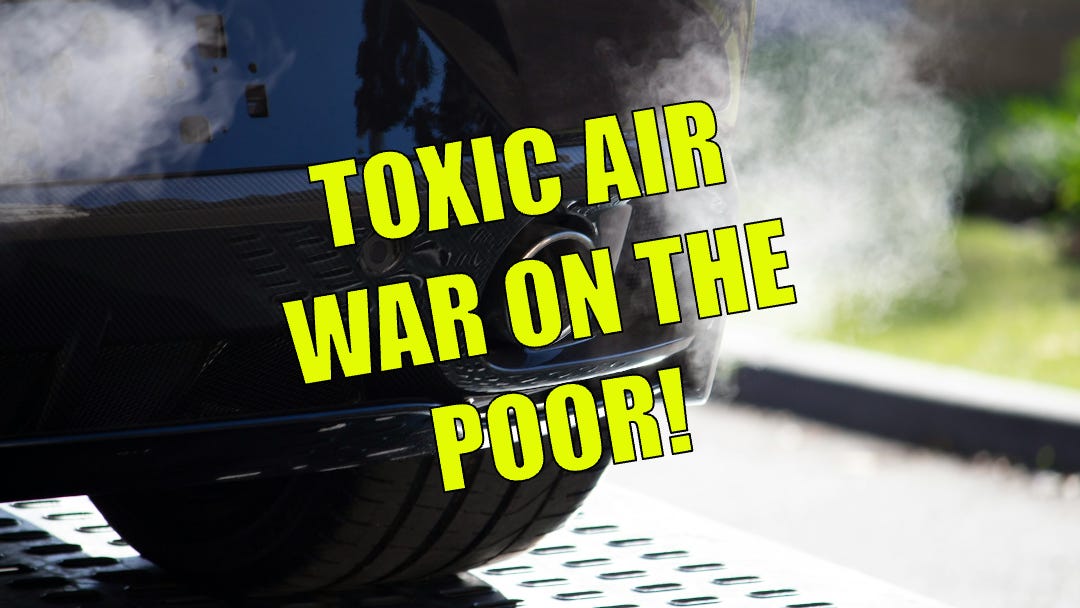Toxic air war on the poor—shock figures reveal who pays the heaviest price
Analysis shows the poorest communities—often without cars—are choking on the nation’s worst pollution, as wealthier areas enjoy cleaner skies
In the heart of England and Wales, a silent crisis is unfolding: polluted air has become a scourge haunting the most vulnerable communities
According to fresh analysis by the campaigning group Friends of the Earth, over the past decade the country has made impressive reductions in air pollution. Overall levels have fallen by more than a third, and the number of neighbourhoods exposed to the most toxic air has dropped a whopping 93 per cent.
But dig deeper, and the picture becomes far less flattering: the gains are not being shared equally. Far from it.
The poorest hit the worst
In the handful of remaining hotspots—the last five per cent of neighbourhoods still suffering the highest toxic levels—nearly half of households are on the lowest incomes.
Even more startling: these are areas where three in five households don’t own a car—yet they are surrounded by the most intense traffic-related pollution.
It’s a damning reversal. A decade ago, the areas worst-affected by pollution had broadly average income levels (around 30 per cent on low income, 22 per cent car-less). Now the burden has shifted firmly onto those with the least money and the fewest choices.
Mike Childs of Friends of the Earth said: “This data uncovers a story of grave environmental injustice. It’s unacceptable that those least responsible for air pollution are the ones left to breathe extraordinarily high levels of health-damaging dirty air.”
What must be done—now
Air pollution isn’t just a blip on the health radar—it’s one of the UK’s biggest killers. The report highlights that dirty air contributes to up to 30,000 premature deaths annually in the UK and costs the NHS at least £27 billion a year.
The campaigners behind the report argue for urgent action. It’s not just about targeting the sources of pollution—mainly transport—but ensuring that investment and policy are not skewed away from the poorest areas.
The call is clear. The Chancellor can drive real progress in her Autumn Budget: better public transport, walking and cycling infrastructure, accelerated rollout of electric vehicles, and legal limits aligned with global health standards.
Childs said, “This will not only help save lives and the NHS billions of pounds, but slash planet-warming emissions—clearly a win-win.”
The human face of the crisis
Imagine growing up in an area where you can’t afford a car, may have to rely on older public transport, live near busy roads, and nonetheless breathe air laced with the same traffic fumes that richer neighbourhoods have largely shaken off.
That’s the day-to-day reality for hundreds of thousands of families. Around 600,000 children live in the worst-polluted hotspots—almost two-thirds of them under the age of 12.
Paul McDonald of Health Equals said: “Clean air isn’t just an environmental issue—it’s a clear example of health inequality in the UK”. He added: “While some children breathe safely, many grow up in areas where toxic air damages their lungs before they even reach school.”
It’s time to stop treating air pollution as a background issue and start facing it as a profound health and social injustice. Because in Britain 2025, your postcode may still determine whether you breathe easy or breathe under threat.



